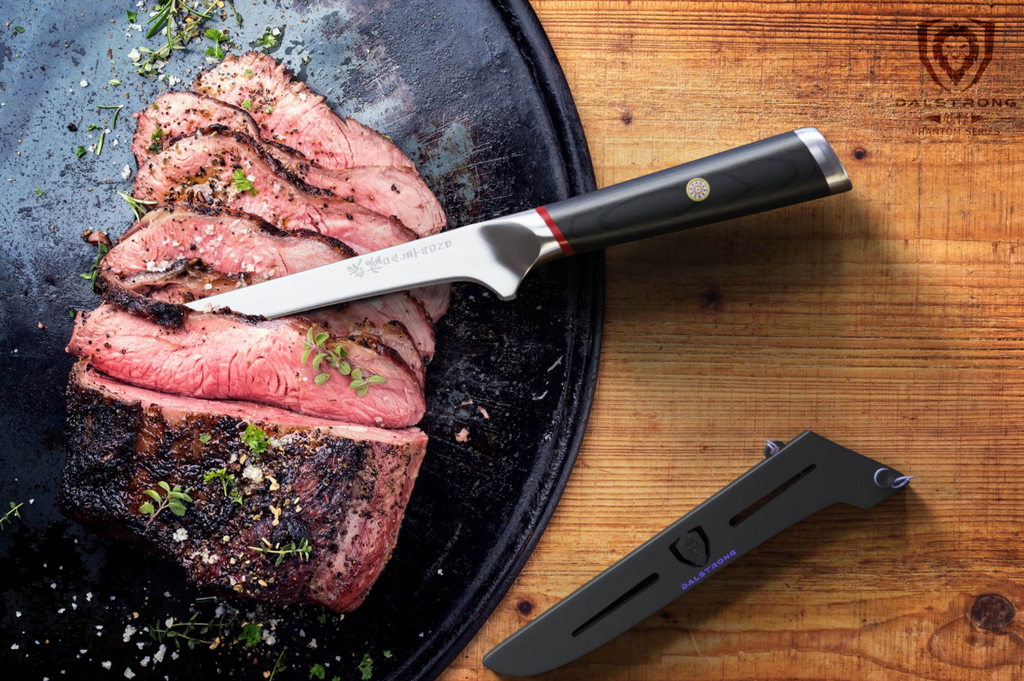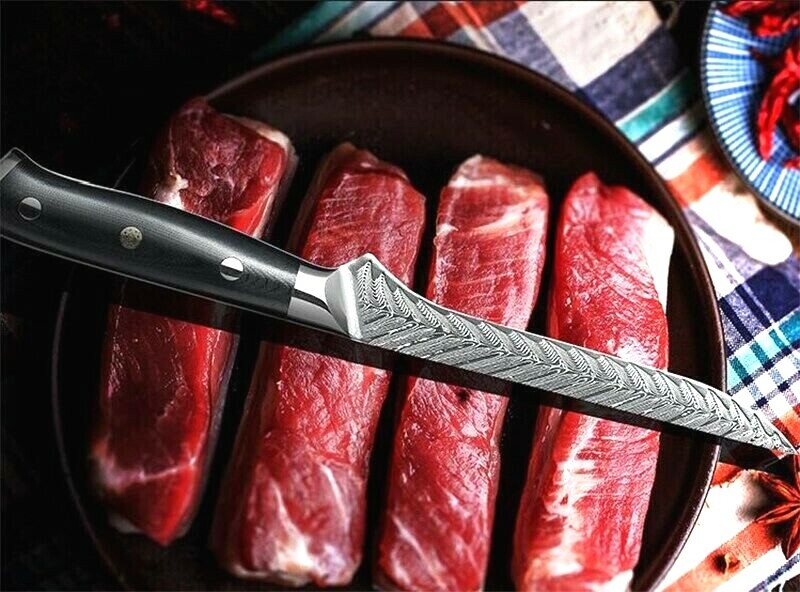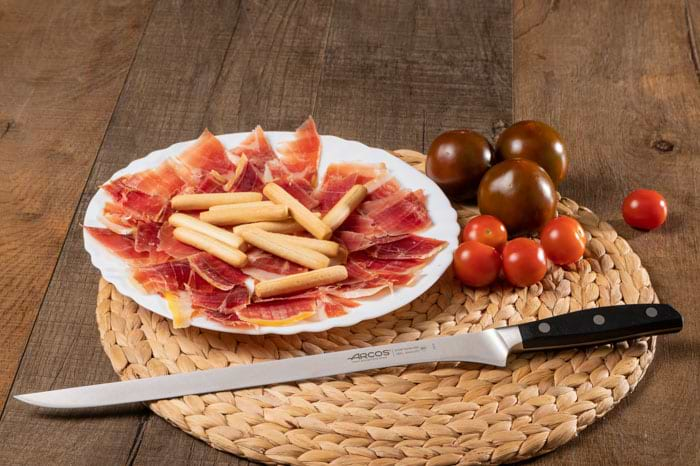The art of cooking is not just about ingredients and recipes; it’s also about having the right tools. Among these tools, the boning knife holds a special place, especially for those who take their culinary skills seriously. In this boning knife length guide, we will explore how the right length of a boning knife can significantly impact your cooking experience.

Understanding the Importance of Boning Knife Length
The length of a boning knife is critical for precision and efficiency. Whether you’re a professional chef or a home cook, understanding the ideal length can enhance your kitchen performance. A standard boning knife typically ranges from 5 to 7 inches, but the choice depends on the type of meat and the task at hand.
Why Length Matters
Choosing the right length impacts how you maneuver through delicate cuts of meat. A longer knife offers more reach and is suitable for larger cuts, while a shorter knife provides greater control for intricate tasks.
Types of Boning Knives by Length
Let’s delve into the various types of boning knives categorized by their lengths:
Short Boning Knives (5-6 inches)
Short boning knives are ideal for precision work. They allow you to make detailed cuts and navigate around bones with ease. These are perfect for poultry and small fish.
Medium Boning Knives (6-7 inches)
Medium-length knives offer a balance between control and reach. They are versatile and suitable for most kitchen tasks, including trimming and deboning lamb or beef.
Long Boning Knives (7-9 inches)
For larger cuts of meat, such as beef or pork, a long boning knife is essential. It provides the length needed to cut through thick portions without having to reposition the knife frequently.
Choosing the Right Boning Knife Length for Your Needs
When selecting a boning knife, consider the type of meat you’ll be working with most frequently. Here are some insights:
Poultry and Small Fish
A short knife is recommended for delicate tasks like deboning chicken and small fish. The compact size offers precision and control.
Red Meat and Larger Fish
For red meat and larger fish, a medium to long knife is ideal. It allows for smoother cuts through thicker meat without sacrificing precision.
Versatile Use
If you require a knife for a wide range of tasks, a medium-length boning knife might be your best bet, offering flexibility in various cooking scenarios.
Maintaining Your Boning Knife
Once you’ve selected the perfect boning knife, maintaining it is crucial to ensure longevity and performance. Regular honing and sharpening are essential.
Honing Your Knife
Regular honing keeps the edge straight and sharp. Consider reading more about honing techniques to maintain your knife’s edge effectively.
Expert Tips for Using a Boning Knife
Using a boning knife requires skill and knowledge. Here are some expert tips:
Grip and Technique
Hold the knife firmly with a comfortable grip. Use smooth, deliberate strokes to avoid accidents and ensure clean cuts.
Angle and Precision
Maintain a consistent angle, usually around 20 degrees, to ensure precision and efficiency. This angle helps in achieving cleaner cuts.
FAQs
What is the ideal length for a boning knife?
The ideal length depends on the type of meat you frequently work with. Generally, a 6 to 7-inch knife is versatile for most tasks.
Can I use a boning knife for other kitchen tasks?
Yes, a boning knife can be used for trimming fat and slicing fruits and vegetables, although it’s primarily designed for meat.
How often should I sharpen my boning knife?
Regular honing is recommended, but sharpening should be done every few months, depending on use frequency.
For a comprehensive understanding of the differences between curved and straight boning knives, you can explore further.

Conclusion
Choosing the right boning knife length is crucial for any kitchen professional. It ensures precision, efficiency, and safety in the kitchen. By understanding your specific needs and maintaining your knife properly, you can elevate your culinary skills significantly.
This article contains affiliate links. We may earn a commission at no extra cost to you.


